PESTS AND DISEASES OF FORESTRY IN NEW ZEALAND
Nectria Flute Canker
Scion is the leading provider of forest-related knowledge in New Zealand
Formerly known as the Forest Research Institute, Scion has been a leader in research relating to forest health for over 50 years. The Rotorua-based Crown Research Institute continues to provide science that will protect all forests from damage caused by insect pests, pathogens and weeds. The information presented below arises from these research activities.
Forest pathology in New Zealand No. 23.
MA Dick 2007
Revised by AJM Hopkins and MA Dick 2009
Causal organism Neonectria fuckeliana (C. Booth) Castl. & Rossman
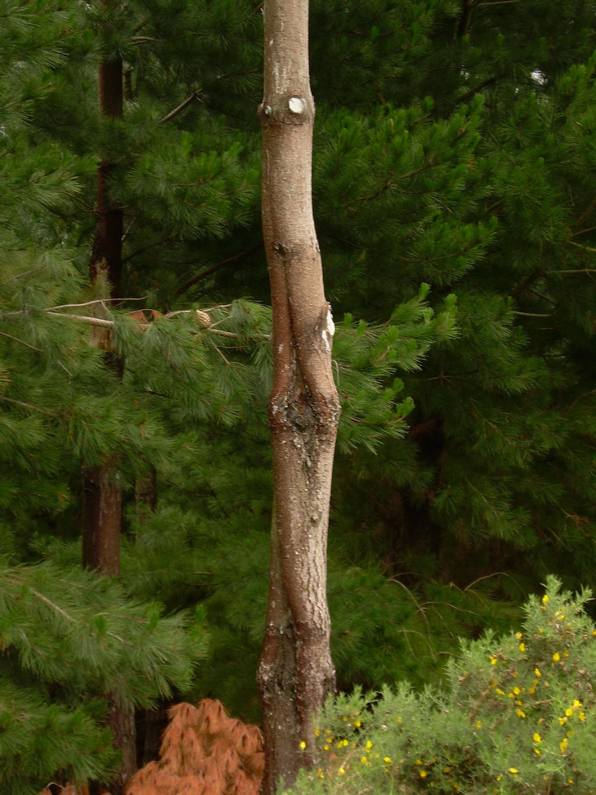
Fig. 1 – Severe canker, or “flute”, associated with a pruned branch stub on the stem of Pinus radiata
Type of injury
Stem cankers or ‘flutes’ range in size from minor depressions to flattened areas of the trunk to deep incisions. Flutes may extend up to several metres in length.
Diagnostic features
- Depressions or flutes on the stem, particularly associated with branch stubs in the years immediately after pruning (Fig 1). Flutes are more severe above the pruned whorl than below.
- Malformed stems which may persist until the end of the rotation however many diseased trees appear to recover within the five-year period following pruning.
- In mature trees, flute cankers are sometimes still evident and these are often invaded by decay fungi and huhu (Prionoplus reticularis) beetles. Long, narrow bark cracks may also be evident and usually indicate the presence of bark encased within the stem.
- Clusters of small red spherical fruit bodies that form on pruned branch stubs (Fig 2) and on the cankers (Fig 3) (fruit bodies do not form on all infected trees).
- Foliage in crown is healthy even on trees with seriously malformed trunks.
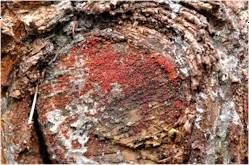
Fig. 2 – Fruit bodies of N. fuckeliana formed on a branch stub
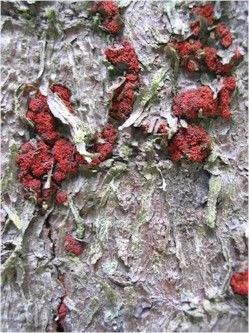
Fig. 3 – Fruit bodies of N. fuckeliana on a stem canker
Hosts
Pinus radiata
Distribution
Widespread and common in Dunedin, Southland and South Canterbury. Scattered locations in Otago Lakes, Central Otago, and Mid Canterbury (Banks Peninsula) (Fig 4).
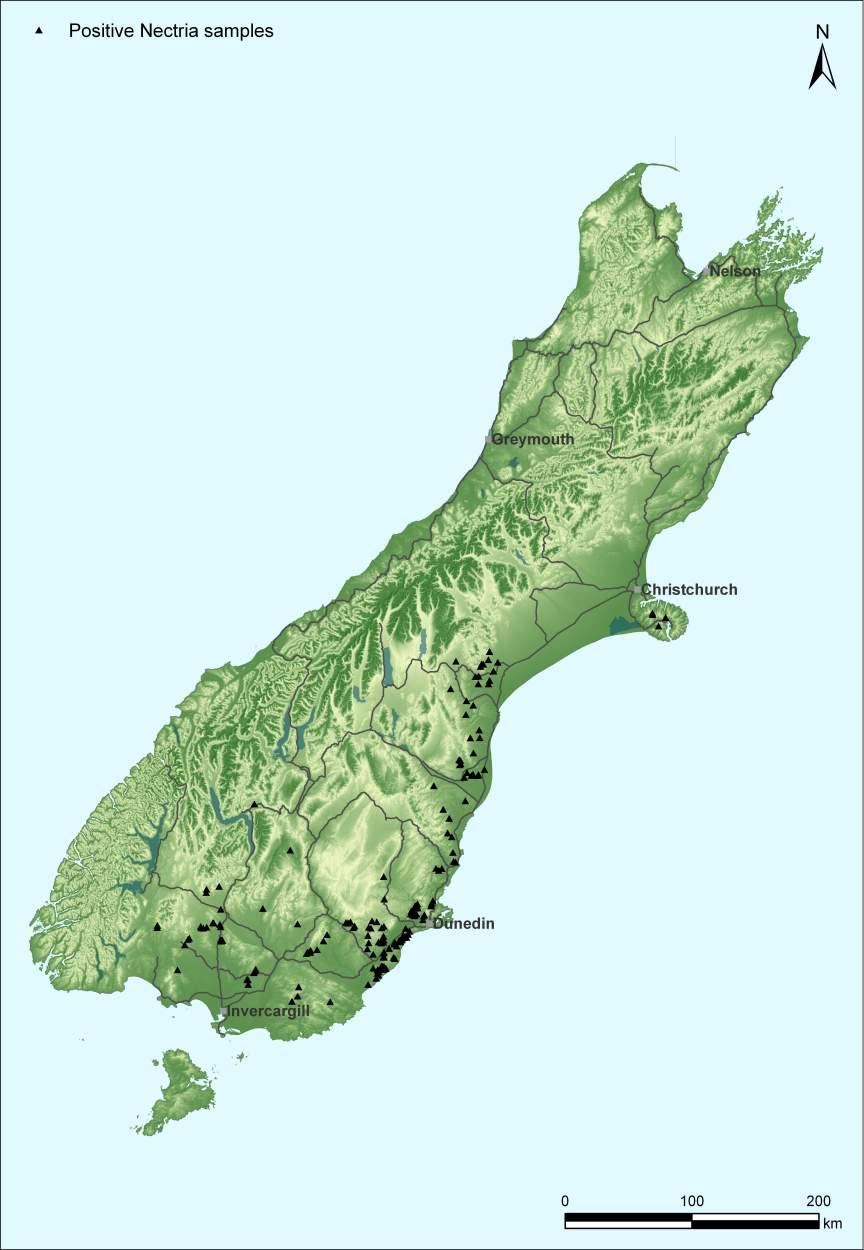
Fig. 4 – Distribution of N. fuckeliana in August 2009
Disease development
Neonectria fuckeliana is a Northern Hemisphere fungus commonly recorded there as a saprophyte or weak pathogen of species of Picea and Abies. In contrast to the disease in P. radiata in New Zealand, stem cankers on these species are uncommon. Neonectria fuckeliana has been recognised in New Zealand since the 1990s but could have entered the country in the mid-late 1980s.
Neonectria fuckeliana cankers are generally associated with wounds such as the stubs of pruned branches. Death of the cambium, particularly on the stem above the infection point results in the characteristic depressed cankers which may extend to over a metre in length. Lateral extension is limited and girdling of the stem with consequent crown death is extremely rare. Sapwood colonised and killed by N. fuckeliana becomes a white-grey to pale brown colour (Fig 5) but the structural integrity of the wood is not affected.
Once dead however, the sapwood may be further invaded by a suite of other organisms including decay fungi which do cause cellular breakdown (Fig 6). Extensive huhu workings have also been found in the decayed segments of living trees. Typically, even trees that have severe stem cankers retain a healthy green crown, though stem breakage at an infected whorl may occur.
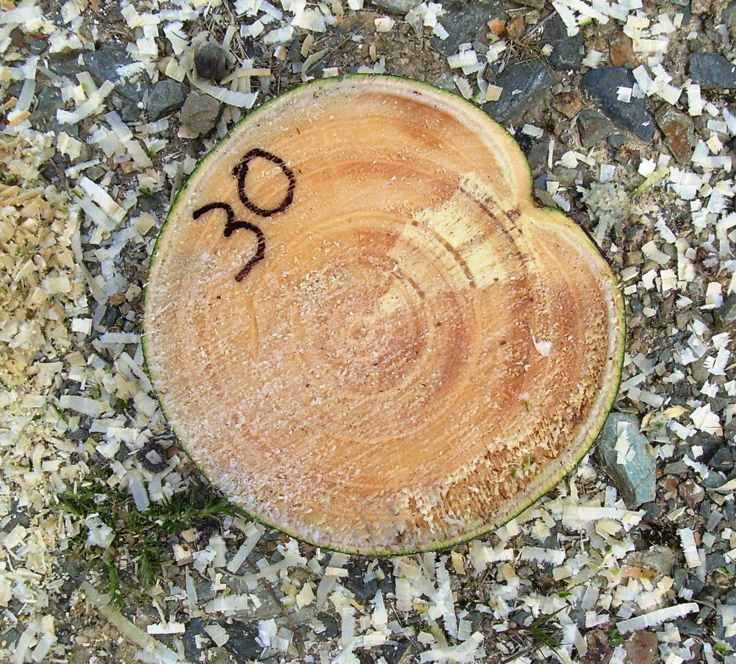
Fig. 5 - Sapwood extensively stained by N. fuckeliana
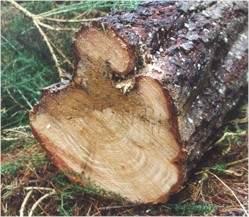
Fig. 6 – Dead sapwood may be further colonised by decay fungi
Neonectria fuckeliana forms three different types of spores but ascospores provide the primary inoculum in nature. Ascospores are produced in red/orange fruiting bodies which form in tight clusters on the branch stubs, around the stub collar and on the bark of cankered parts of the stem. Individual fruit bodies are approximately half a millimetre in diameter and clusters may reach several centimetres in diameter. With age the fruit bodies become a dull beige to dark brown colour, making them difficult to see. Fruit bodies do not begin to appear until at least nine months after initial infection has taken place. Clusters may continue to enlarge for several years as successive layers of new fruit bodies are produced around and on top of the existing group. Fruit bodies are not produced on all infected trees.
Ascospores ooze out of the fruit bodies in droplets when adequate moisture is present and are primarily dispersed by water-splash or in wind-borne water droplets. Free water is also necessary for the ascospores to germinate. Germination can occur at a broad range of temperatures, from 5 to 28 ºC but at either end of the scale it is very slow or abnormal. The optimum temperature is between 18 and 25 ºC.
Tree response to infection is variable. Cankers may continue to extend and elongate for several years after the initial infection has occurred and then persist, resulting in an extremely malformed stem. Many trees appear able to contain the infection. Depressions around the pruned whorl may form for up to a year after pruning, but then over several growing seasons they will occlude, leaving no residual damage.
Economic importance
Neonectria fuckeliana is currently confined to about 90,000 ha of P. radiata plantations in the southern half of the South Island. Forest companies in the affected region estimate that up to 15% of trees develop stem cankers post-pruning. The development of new cankers after, but not associated with, silvicultural operations is thought to be rare. Although the actual volume loss of wood per tree may be low, Nectria affects the most valuable part of the tree and stems with visible cankers at harvest will generally be culled. The disease is not as economically significant as first feared because on some trees cankers become occluded with time and consequently older stems may show no signs of the earlier infection.
Studies of mature trees with Nectria flute canker defects identified three main external defect types: stem flattening, flute cankers and bark cracks. Results showed a clear relationship between the visible infection class and value recovery with stained and symptomatic wood usually associated with flute cankers and bark cracks only. An average loss in pruned log index (PLI) of 1.9 units was found across logs exhibiting defects from Nectria flute canker. For logs with bark cracks, the average loss in PLI was 1.5 units, while for those exhibiting fluting, the average loss in PLI was a very significant 2.9 units.
Management and control
Trials established to determine the effect of silviculture, stub treatment and environment on disease development indicate that pruning in winter results in more infection than summer pruning. The reason for this result is not yet clear but avoiding winter pruning should ensure that disease levels are reduced. Incidence is also related to stub size with stubs less than 60 mm diameter rarely associated with persistent fluting. A number of methods of exploiting this knowledge have been examined. These include pruning earlier, and more frequently, while branch diameter is small, the painting of larger stubs with a barrier/fungicide compound such as Garrison and increasing stocking to limit branch growth. None of these methods provided complete control. The painting of stubs has proved to be too costly to continue. Currently flute canker levels appear to be markedly reduced by altering pruning regimes to take account of this information.
There is preliminary evidence from field trials that some P. radiata genotypes do not develop severe flute canker disease. The identification of parents that may provide full or partial resistance is in the early stages but it is hoped that genotype selection will be a tool for the management of Nectria flute canker in the future.
This information is intended for general interest only. It is not intended to be a substitute for specific specialist advice on any matter and should not be relied on for that purpose. Scion will not be liable for any direct, indirect, incidental, special, consequential or exemplary damages, loss of profits, or any other intangible losses that result from using the information provided on this site.
(Scion is the trading name of the New Zealand Forest Research Institute Limited.)

 Farm Forestry New Zealand
Farm Forestry New Zealand

